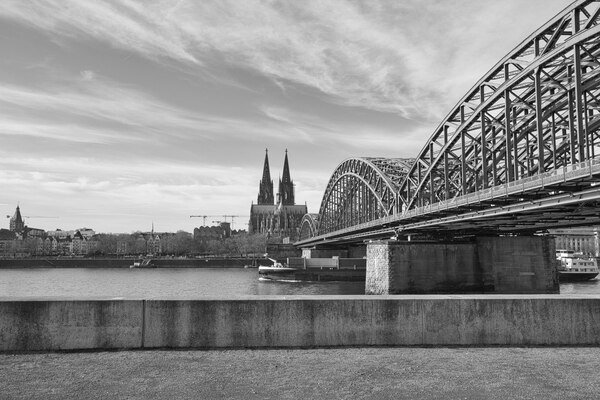Innovations in Residential Buildings
The residential construction industry has undergone a significant transformation in recent years, driven by advancements in technology, a growing emphasis on sustainability, and evolving consumer preferences. These innovations are not merely aesthetic but serve to enhance the functionality, efficiency, and overall appeal of residential buildings. Below, we delve into some of the most impactful innovations revolutionizing the way we live.
Smart Home Technology

Smart home technology has rapidly become a standard in modern residential buildings. This includes interconnected devices and systems that can be controlled remotely via smartphones or home automation hubs. Smart thermostats, lighting, security cameras, and even kitchen appliances contribute to greater convenience and energy savings. These systems allow homeowners to optimize their energy consumption, remotely monitor and control various aspects of their home, and receive real-time alerts, thereby enhancing both security and comfort.
Sustainable and Eco-Friendly Materials
The push towards sustainability has led to the development and incorporation of eco-friendly materials in residential construction. Builders are increasingly using recycled materials, bamboo, reclaimed wood, and sustainable concrete alternatives. These materials not only reduce the environmental impact of construction but also often offer superior durability and aesthetic appeal. Additionally, the integration of green roofs and walls, which incorporate vegetation, helps to improve air quality and provide natural insulation.
Energy Efficiency
Energy efficiency is at the forefront of modern residential building design. Innovations such as high-performance insulation, energy-efficient windows, and advanced HVAC systems contribute to significantly lower energy consumption. Solar panels are becoming more affordable and widely adopted, allowing homeowners to generate their own electricity and even sell excess power back to the grid. These initiatives not only reduce utility bills but also minimize the carbon footprint of residential buildings.
Prefabrication and Modular Construction
Prefabrication and modular construction techniques are revolutionizing the residential construction industry. These methods involve manufacturing building components off-site in a controlled environment and then assembling them on-site. This approach reduces construction time, minimizes waste, and often results in higher quality finishes. Modular homes can be customized to meet individual needs and can be expanded or modified more easily than traditional homes, offering flexibility and scalability.
Building Information Modeling (BIM)
Building Information Modeling (BIM) is a digital representation of the physical and functional characteristics of a building. It uses 3D modeling to provide a detailed and accurate visualization of a residential building's design, which can be used throughout the construction and maintenance phases. BIM allows architects, engineers, and construction professionals to collaborate more effectively, identify potential issues early in the design process, and streamline project management. This results in higher efficiency, reduced costs, and fewer construction errors.
Health and Wellness Features
Modern residential buildings are increasingly integrating features that promote health and wellness. This includes advanced air purification systems, better natural lighting through strategic window placement, and design elements that encourage physical activity. Some buildings are even incorporating biophilic design principles, which connect occupants with nature through natural materials, indoor plants, and water features. These innovations contribute to a healthier living environment and overall well-being.
Adaptive Reuse
Adaptive reuse is the process of repurposing old or underused buildings for new residential purposes. This sustainable practice reduces the need for new construction, preserves historical architecture, and revitalizes urban areas. Examples include converting warehouses, factories, and office buildings into modern apartments and lofts. Adaptive reuse not only conserves resources but also brings unique character and charm to residential spaces.
Conclusion
The landscape of residential buildings is evolving rapidly thanks to a combination of cutting-edge technologies, sustainable practices, and a focus on healthier living environments. As these innovations continue to advance, they promise to create homes that are not only more efficient and environmentally friendly but also tailored to the diverse needs and preferences of modern homeowners. These trends signal a promising future for residential construction, where innovation drives the creation of better, smarter, and more sustainable living spaces.